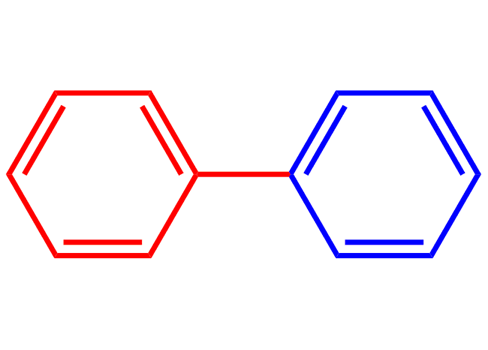Multimetallic catalysed cross-coupling of aryl bromides with aryl triflates
A catalytic system using two metals allows the synthesis of biaryl products using two electrophiles as raw materials.
A catalytic system using two metals allows the synthesis of biaryl products using two electrophiles as raw materials.
This paper by Weix et al. (University of Rochester, NY, USA) is a bit surprising for those like me, who learn the ropes some years ago and are used to think about couplings in terms of electrophile (halide, triflate, tosylate, etc.) and nucleophile (boron compound, stannane, Grignard, etc.).
In short, the authors have developed a catalytic system using Nickel, Palladium and Zinc, which can be used with good results to prepare asymmetric biaryl systems using typically aryl bromides and aryl triflates. For those curious about the mechanism, the Nickel is in charge of the oxidative addition on the halide, while the Palladium takes the triflate. The Nickel complex then transfers its aryl group to the Palladium complex, and the Zinc regenerates the Nickel(II) to Ni(0). The Palladium complex undergoes the usual reductive elimination to yield the biaryl system.
The authors show about 25 examples in the paper, demonstrating the compatibility of the catalytic system with some groups (alkyls, ethers, amines, esters, ketones and surprisingly, boronic acids!). Only one example with heterocycles (thiophene, uh?) is included. The catalysts are all commercially available, so trying this protocol should not be a problem.
Nature 2015, 524(27 August 2015), pp 454-459.
See: 10.1038/nature14676


